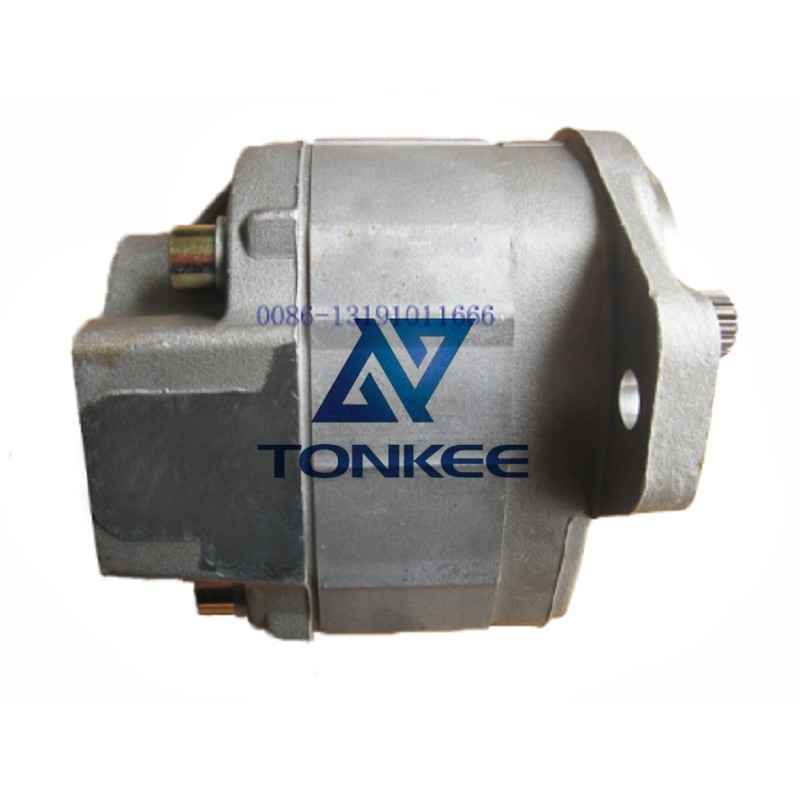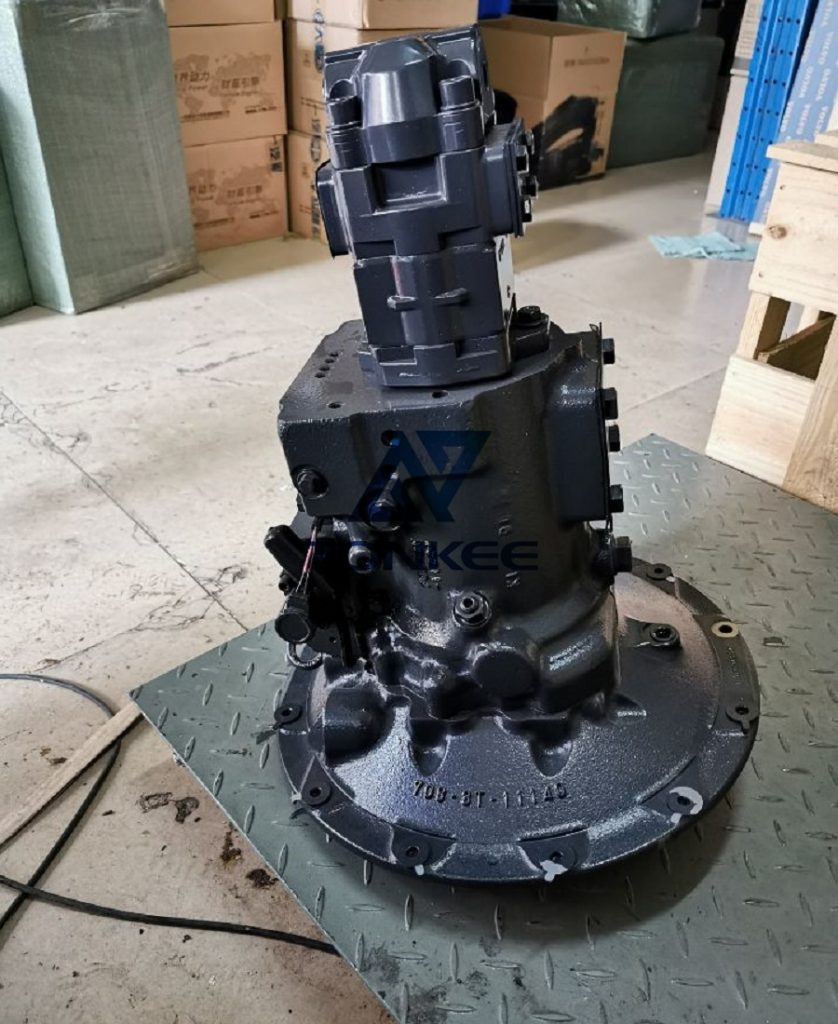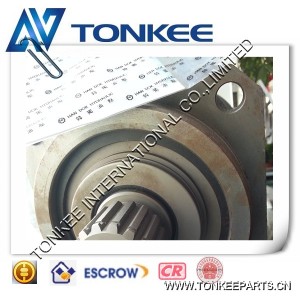
Construction: The 705-11-33100 gear pump is constructed using high-quality materials, ensuring longevity and resilience in demanding environments.
It typically consists of two gears – one driving gear and one driven gear – enclosed within a durable housing.
Precision Engineering: Partsdic® takes pride in precision engineering, resulting in tight tolerances that minimize leakage and enhance efficiency. This precision also contributes to reduced wear and tear on the gears, prolonging the pump's service life.
Positive Displacement: This gear pump is a positive displacement pump, meaning it delivers a constant volume of fluid per rotation, making it suitable for applications requiring accurate fluid delivery, even at varying pressures.
Efficiency: With its minimal internal leakage and efficient design, the 705-11-33100 gear pump is known for its high volumetric efficiency, ensuring that the maximum amount of fluid is moved per rotation.
High Pressure Capability: This pump is designed to handle high-pressure applications, making it suitable for systems that require substantial power to operate.
Quiet Operation: Partsdic® has optimized the gear profiles and manufacturing processes to reduce noise during operation, which is crucial for applications where noise pollution is a concern.
Versatility: The 705-11-33100 gear pump can work with a variety of fluids, including hydraulic oil, lubricants, and other viscous fluids, making it a versatile choice for different industrial applications.
Working Principles:
The 705-11-33100 gear pump operates based on the principles of positive displacement. Here's a simplified overview of how it works:
Fluid Inlet: The pump draws fluid from an inlet, typically located at the bottom of the housing.
Gear Rotation: As the pump's driving gear (typically larger) rotates, it engages with the driven gear (smaller), creating a sealed chamber between the teeth of the gears.
Fluid Entrapment: As the gears rotate, the fluid is trapped in the chamber between the teeth of the gears due to the tight clearances and precision engineering.
Fluid Discharge: The rotation of the gears continuously forces the fluid to move along the housing and towards the outlet.
Fluid Exit: The fluid exits the pump through an outlet, and this process repeats with every rotation of the gears.



 English
English Русский язык
Русский язык





